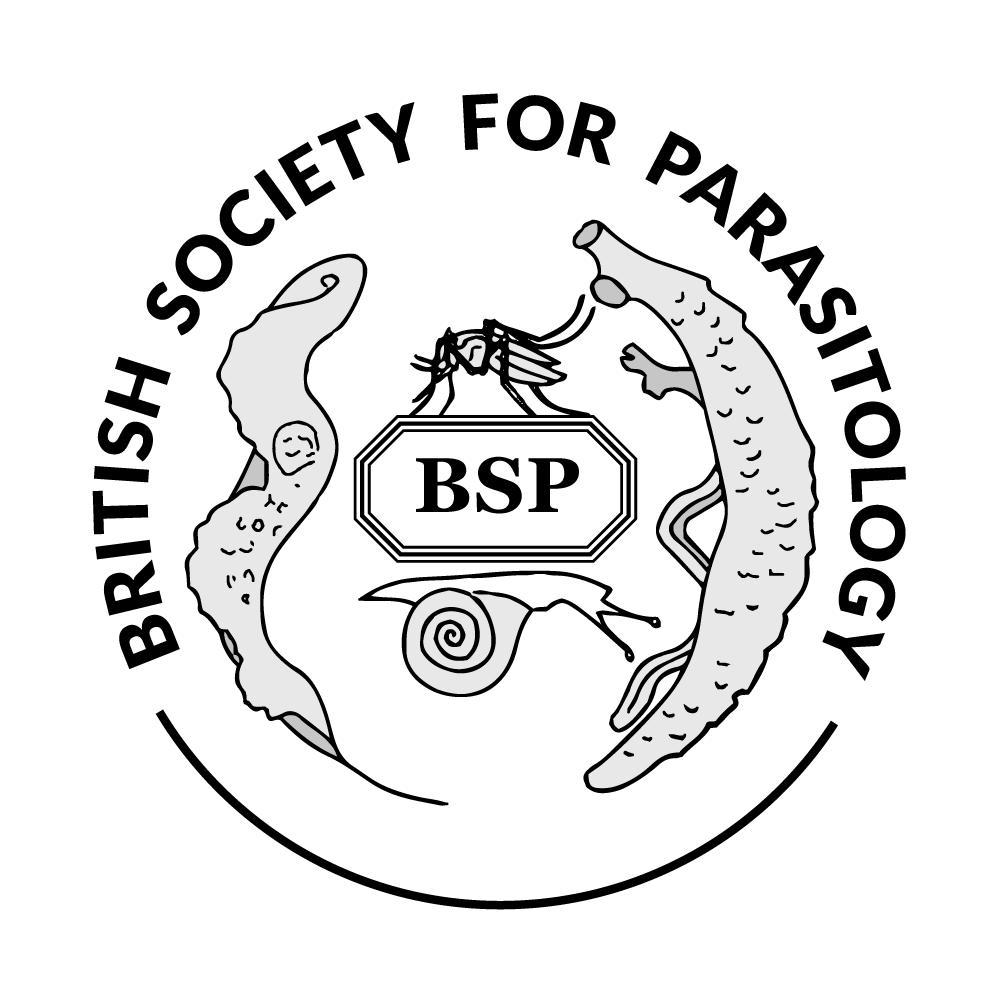Authors
S Kayuni2; L Cunningham1; B Mainga2; B Injesi3; G Chapweteka4; W Khumalo4; H Chibowa5; S Zinkanda5; V Kumfunda5; MH Alharbi1; S Jones1; J Archer1; J Chiphwanya6; H Kafanikhale6; P Makaula2; J LaCourse1; J Musaya2; JR Stothard1; 1 Liverpool School of Tropical Medicine, UK; 2 Malawi Liverpool Wellcome Programme, Kamuzu University of Health Sciences, Malawi; 3 Radiology Department, Kanjedza Medi Clinic, MASM Medi Clinics Limited, Medical Aid Society of Malawi (MASM),, Malawi; 4 Nsanje District Hospital, Ministry of Health, Nsanje, Malawi; 5 Mangochi District Hospital, Ministry of Health, Mangochi, Malawi; 6 National Schistosomiasis and Soil-Transmitted Helminths Control Programme, Community Health Sciences Unit (CHSU), Ministry of Health, MalawiDiscussion
Introduction Male genital schistosomiasis (MGS) remains an often-overlooked chronic consequence of urogenital schistosomiasis in endemic areas of sub-Saharan Africa. Furthermore, this is not fully described in zoonotic and hybrid schistosomiasis. Surveys were conducted among men living in endemic areas of Southern Malawi to assess the prevalence and associated morbidity of MGS. Methods Upon recruitment in 2017 and 2023 surveys, demographic, health and socio-economic data were collected. Semen samples were collected and analysed to determine the schistosome infection. Direct microscopy of semen and its sediments (after centrifugation) were conducted and examined by molecular DNA analysis with novel and established real-time PCR assays. Results and Discussion From 2017 surveys, 376 fishermen (median age: 30 years) were recruited and below 10% reported experiencing MGS symptoms. MGS prevalence was 10.4% (n=114) by semen microscopy and 26.6% (n=64) by real-time PCR. Nine (6.9%, n=130) had abnormalities on ultrasonography, with two having prostatic and testicular nodules. Subsequent analyses on follow-up indicated variable detection dynamics, with fewer abnormalities observed. Twenty-two men (median age: 22 years) were recruited in 2023 and 11 (50.0%) had Schistosoma ova in semen while 16 (72.7%) were positive by real-time PCR. Five men with MGS had S. mattheei, three had S. mansoni while one had mixed infection of S. mansoni and possible S. haematobium-S. mattheei hybrid. Conclusion MGS caused by human, zoonotic and hybrid schistosomes are prevalent in endemic areas. More awareness among local communities and healthcare professionals, improved availability and accessibility of advanced diagnostics, treatment and control interventions are required and advocated. 
